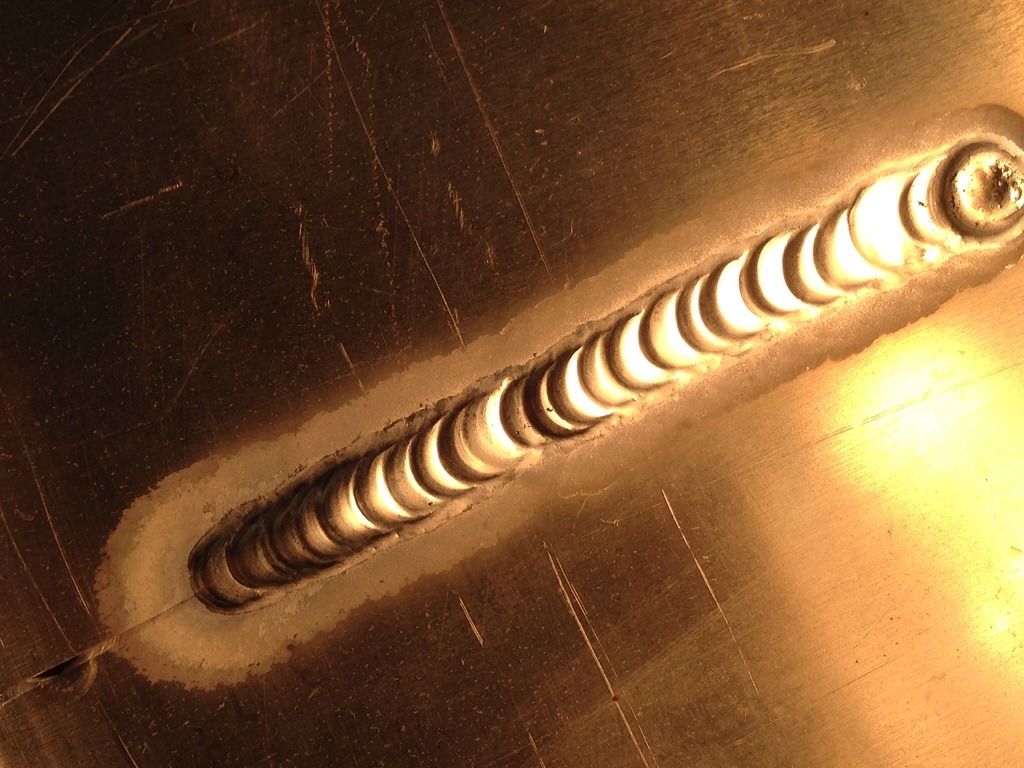TRACKRANGER wrote:Hi Kym
8 liter/minute = approx 17 cubic foot/hour (source:
http://www.onlineconversion.com/flow_rate_volume.htm)
I absolutely understand that you are developing technique at this stage, but remember that you won't get any suitable penetration with a tight butt joint as shown. You need either beveled edges (say 30 degrees) or a gap and a backing plate (copper is suitable).
You're doing pretty good for you current experience. Great in fact.
For info
Trev
Trev and BGH, again, thank you for your input. All of this helps me learn.
Trev, I had no idea I needed to bevel edges to achieve penetration on a butt joint - I just wrongly assumed that moving more slowly or using more amps would do it. Backing plate info is good, too, thanks.
BGH, thanks for tips on aluminium types.
I took a moment awhile ago, backed off my amps and managed a successful outside corner joint on 1mm aluminium plate (practise for a motorcycle battery box fabrication). Will post pics when I get time.
This is my machine:
https://weldingstore.tokentools.com.au/ ... gital.html
(I had to sell one of my dirt bikes to fund the purchase of this rig, but it was worth it. First ever TIG, awesome machine.)
Now, some context - Argon is
very expensive here in Oz. I have a tiny 'D' sized bottle (1.7 cubic metres.) So, while I appreciate the value of advice such as building up pads of beads, every refill costs me $110, so I have to basically get moving on making/repairing stuff as soon as I can or I'm costing myself serious cash. I would do
anything to have access to lots of cheap argon and endless hours of practise, but cheap gas just isn't something I can get my hands on in this country.
I know there is no replacement for practise...I'm trying to watch about 2 hour's worth of Jody's videos for every 2 minute's welding I do!
And I must say this: Jody's videos have made all the difference. Every time I weld I see things happening and hear his voice in my head with advice on what to. "Keep that arc tight, man! Watch your torch angle!"
Will post more pics in next day or so.
Kym





